2023 BMW XM Review

Love It | Leave It |
|---|---|
Muscular PHEV powertrain | Heavy-handed design |
Stunning Interior | Just plain heavy |
Great Tech Suite | Super-pricey in Canada |
Throw pillows. Of the many features you'll find in the 2023 BMW XM, the most unexpected—and yet illustrative—is the pair of suede throw pillows for the back seats.
BMW is making a big deal about this equally big SUV. It's the first dedicated M product since the original M product, the M1. Except instead of a Lambo-chasing two-door supercar, it's a four-door plug-in hybrid SUV ... but yet still targeting the stuff out of Sant'Agata Bolognese. The more things change...
With an equally stratospheric price tag, the XM sits high above the rest of the BMW range. It signals a new era for M, introducing an electrified powertrain to the sub-brand as it marches further upmarket.
What's new?
The entire vehicle, technically. The XM is a bit like the Mercedes-AMG GT 4-Door Coupe: a standalone model, but sharing much of its underpinnings with more common offerings. In this case, there's a lot of X7 under there, but with only two rows of seating.
Plenty of digital ink has been spilled about how the XM looks. I won't touch on that all too much here, other than to say, like most BMWs, it needs to be seen in person. I would argue that the proportions and consistency of the design are both better than the iX, but the details are where this new M flagship falters. The thick rose gold highlights around the doors look like afterthoughts, and the "BMW" wheelcaps are just weird.
That said, I made sure to roll it through Toronto's club district on a busy Saturday night, and as I suspected, the XM got a ton of attention—including an enthusiastic thumbs up from a Geländewagen driver.
There is just one powertrain option right now: Bimmer's venerable twin-turbo 4.4-liter V8, throwing down 483 horsepower and 480 pound-feet. Nestled beside the eight-speed automatic transmission is an electric motor contributing an additional 194 hp and 207 lb-ft. Combined output is 644 hp and 590 lb-ft of torque, narrowly making this the most powerful M car available (at least until the 500 XM Red Labels are unleashed).
I'll give you one reason that title is superficial. Or rather, I'll give you six thousand and ninety-four.
Mixed Messages
You see, that's the curb weight, in pounds, of the XM. (That'll be 2,764 kilograms for the rational parts of the world.) It's closing in on 700 lb (318 kg) more than the already-porky X6 M, a model that by BMW's own estimations is quicker to 60 mph (96 km/h); 3.7 seconds beats 4.1. The XM certainly sounds good on the charge, because that V8 is excellent, but again, same goes with the X5 and X6. Or an Alpina XB7, really.
"But wait a minute, Kyle," I hear you say to your screen, "M models have always been about more than straight-line performance." That's true. Again, however, the weight is the enemy. The XM turns in sharpish, and stays super-level through the corners on account of its adaptive damper setup and active roll stabilization. Rear-wheel steering keeps it agile at low speeds and stable in the quicker stuff, too. But there's precious little in the way of feedback from that thick steering wheel, and after initial turn-in, you feel every bit of that weight fighting the SUV's trajectory. I've been lucky enough to drive an X3 M on a race track and it really did feel like a slightly taller M3. There's none of that here, just steamrollering whatever's ahead into submission.
And oh boy is it noisy. Not just from the (piped-in) engine noises, but from every. Single. Bump. Even in the softest drive mode, the XM rides stiff, and it translates that stiffness into various thumps and groans from the rear axle. No doubt part of this heavy-footed feel comes from the comically large 23-inch rolling stock, with 315-section rubber wrapped around the rear wheels. Save the more extreme drive modes for freshly-paved tarmac only—in Portugal, probably.
The first M application of plug-in tech is very good, mind you. The switchover (or tandem work) is always smooth, and the electric motor is powerful enough to shove the XM down the road all on its own. It pulls its charge from a 25.7-kWh (net) battery pack, enough to easily hit its claimed 30-mile (48-kilometer) all-electric range. Ease off a bit, and the XM becomes friendlier, more accommodating. And it puts the focus on the flagship's strongest feature: that interior.
Something something inside, something something counts
Say what you want about modern BMW exteriors, but the Bavarians have been kicking tor after tor in cabin design. The iX is one of the best spaces on the market, and the 7 Series / i7 oozes confidence. The XM goes hard here too, with a pretty design that's chock-full of rich textures and high-end materials.
When you're spending this much on a vehicle, another 1.5 percent for this excellent blue-and-brown setting seems like a bargain. The blue leather is soft to the touch, and the brown former-cow all across the dashboard (and door panels) has been treated for an imperfect "vintage" look. It's these sorts of unique approaches that buyers in this rarified air expect. The front seats themselves look aggressive, but are supremely comfortable, and include heat, ventilation, and massaging functions. There is no driver seat position that eliminates the chunky blind spots of the XM's design, however.
The synthetic suede lining the A-pillars is a nice touch as well, along with the choice brightwork, select ambient lighting, carbon fiber, and funky geometric pattern on the trim. (It's a bit of a nit-pick, but then why is the steering wheel plain black?)
Look up, and the XM eschews modern glass roofs for a geometric design all done in more faux-suede. It has its own ambient lighting, which animates with the M colors on start up. As a bit of passenger theater this headliner is up there.
With the X7 genes but no third row, the back-seat passengers have plenty of room to stretch out. And don't forget those throw pillows. The aggressive bolstering does limit their foldability, however, and that's of the manual variety to boot. Speaking of boots, there's 18.6 cubic feet (527 liters) of storage in that high, tapered tail. Turn the XM into a two-seater like the M1 and that space balloons to 64.2 cu ft (1,820 L).
Lots of tech, mostly good
The big curved display spanning the XM's pretty dashboard is generally excellent. Like other Bimmers sporting similar setups, the XM's infotainment is sharp, responsive, and incredibly customizable. Also like the others, there are multiple input methods, including the iDrive rotary controller. For someone who hates mucking up screens with fingerprints, this is the preferred approach—and yes, that includes the gesture-based volume control. Honestly, it's pretty smooth once you get used to it: the main problem is that the on-screen notification lags behind the actual volume adjustment itself. The voice assistant is also useful. There are still a handful of settings that require too many sub-menu dives, but by and large, iDrive 8.0 is solid.
Other kit includes a large head-up display, BMW's drive recorder, and a whole brigade of driver assists, including a very good adaptive cruise control system. The 360-degree camera is incredibly crisp, too. BMW still gets points for extending its heating and cooling features beyond just the seating surfaces. The heated armrests weren't super relevant here in summer, but the heated and cooled cupholders sure got a workout.
Dollars and sense
The XM starts at $159,995 ($222,480 CAD). From there the price swells further—and far quicker north of the border. The Deep Lagoon and Vintage Coffee interior ($2,500 / $4,900 CAD) is worth it; I'm not sure about the gold-tinged wheels, which are an extra-cost option in Canada (but not the US). Without the stock system to compare to, it's hard to say if the Bowers & Wilkins surround system is worth its $3,400 ($5,500 CAD) sticker, either.
Now that is serious money. More than more comfortable (and likely rarer) Alpina XB7. Comfortably less than a Mercedes-AMG G 63, which has almost become a new-money poster child at this point—and drives like a bus by comparison. The gauche Bentayga starts around here, too. You're still quite a ways shy of the Aston Martin DBX or Lamborghini Urus, however.
Is that jaw-dropping interior and plug-in powertrain worth the huge jump up from the other M SUVs? From a driving perspective—the perspective M used to be about—no. But I refer you back to the attention the XM garnered at the club district. That's what this beast is about.
Verdict: 2023 BMW XM Review
I can't shake the feeling the 2023 BMW XM has painted itself into a corner. Had M debuted this vehicle a couple years ago, to trumpet the age of the SUV and plug-in power, it no doubt would have still shocked, but it would have felt forward-thinking.
The thing is, it shares showroom space with the excellent iX. That electric SUV might look like two designs mashed up into one, but it is the future. The XM is undoubtedly sportier in appearance and drive, but it's trying to tackle two goals: be a Cayenne Turbo GT-beater, and a posh, do-it-for-the-'Gram alternative to the Range Rovers and G-wagens of the world. I'm not sure it does the former, and it's too soon to tell for the latter. But like the M1 did half a century ago, the XM is pushing BMW into new territory, and it's bringing something wholly different to take on the establishment.
Become an AutoGuide insider. Get the latest from the automotive world first by subscribing to our newsletter here.
Engine | 4.0L V8 Turbo w/ PHEV |
Output: | 644 hp, 590 lb-ft |
Transmission: | 8AT, AWD |
US Fuel Economy (MPG / MPGe): | 14 / 73 |
CAN Fuel Economy (L/100 km / Le/100 km): | 17.2 / 5.1 |
Starting Price (USD): | $159,995 (inc. dest.) |
As-Tested Price (USD): | $165,895 (inc. dest.) |
Starting Price (CAD): | $222,480 (inc. dest.) |
As-Tested Price (CAD): | $234,980 (inc. dest.) |

Kyle began his automotive obsession before he even started school, courtesy of a remote control Porsche and various LEGO sets. He later studied advertising and graphic design at Humber College, which led him to writing about cars (both real and digital). He is now a proud member of the Automobile Journalists Association of Canada (AJAC), where he was the Journalist of the Year runner-up for 2021.
More by Kyle Patrick



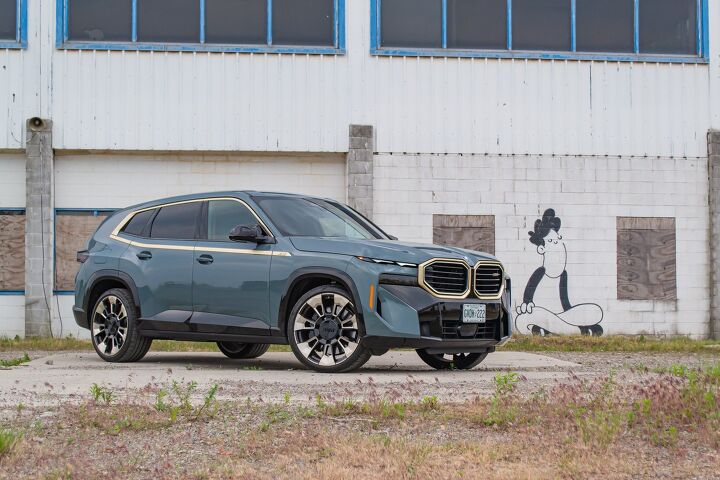


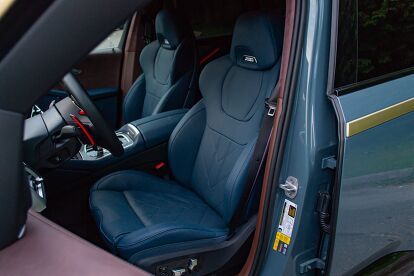




































































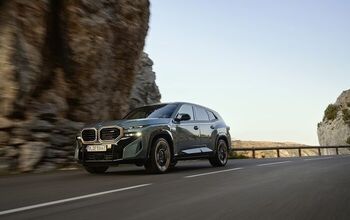

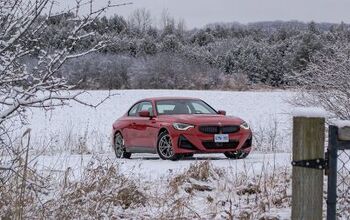
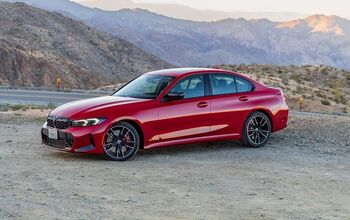
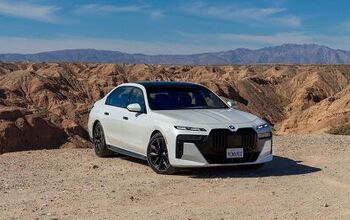

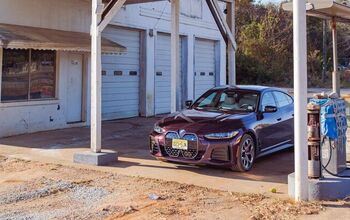
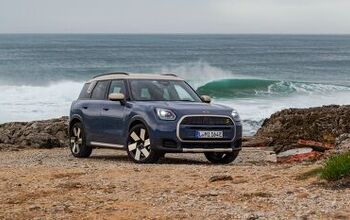
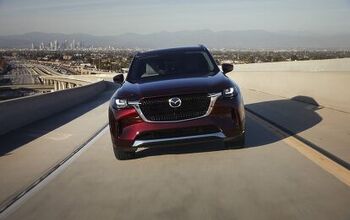




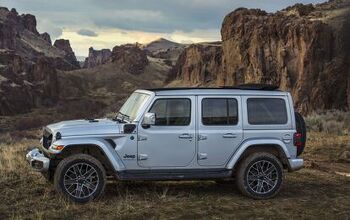


Comments
Join the conversation
This is just hideous!